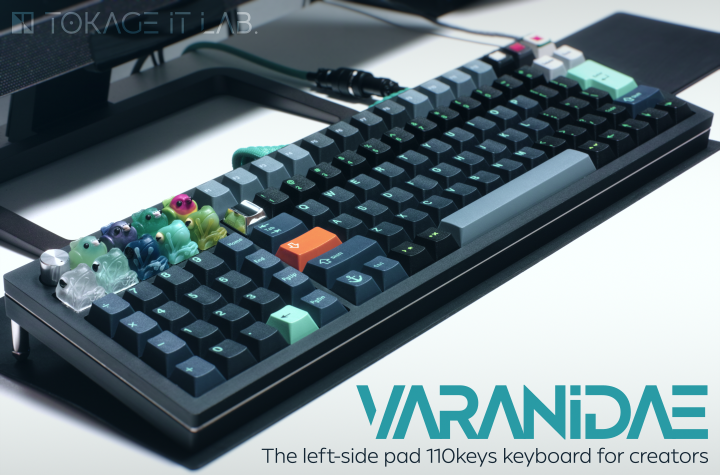何かの拍子に .vscode フォルダの中身が書き変わっちゃっててリストアするのに手間どったので個人的な備忘録としてメモしておきます。
構築する環境
- Windows 10(たぶん 11 でも同じ)
- C ドライブのユーザーフォルダに scoop で llvm-mingw をインストール
-
F14とF15キーにビルドや起動のためのショートカットを割り当て
設定するファイル
${workspaceFolder}\.vscode\
※ 実行ファイル名(godot.windows.xxx.xxx.xxx.exe)は Godot 側のアップデート等で時折変更されるので注意
launch.json
{
"version": "0.2.0",
"configurations": [
{
"name": "Launch",
"type": "cppvsdbg",
"request": "launch",
"program": "${workspaceFolder}/bin/godot.windows.editor.x86_64.llvm.exe",
"stopAtEntry": false,
"cwd": "${workspaceFolder}",
"environment": [],
"console":"integratedTerminal",
}
]
}
tasks.json
{
"version": "2.0.0",
"tasks": [
{
"label": "Build",
"group": "build",
"type": "shell",
"command": "scons",
"args": [
"platform=windows",
"target=editor",
"-j",
"<任意のスレッド数>",
],
"problemMatcher":"$msCompile",
},
{
"label": "Docs",
"group": "none",
"type": "shell",
"command": "${workspaceFolder}/bin/godot.windows.editor.x86_64.llvm.exe",
"args": [
"--doctool",
],
},
]
}
c_cpp_properties.json
{
"configurations": [
{
"name": "Win32",
"includePath": [
"${workspaceFolder}/**"
],
"defines": [
"_DEBUG",
"UNICODE",
"_UNICODE"
],
"compilerPath": "C:\\Users\\<ユーザー名>\\scoop\\apps\\llvm-mingw\\current\\bin\\gcc.exe",
"cStandard": "c17",
"cppStandard": "c++17",
"intelliSenseMode": "windows-clang-x64"
}
],
"version": 4
}
C:\Users\<ユーザー名>\AppData\Roaming\Code\User\
keybindings.json
[
{ "key": "f14", "command": "workbench.action.tasks.runTask", "args": "Build" },
{ "key": "f15", "command": "workbench.action.debug.run", "args": "Launch" },
{ "key": "ctrl+f15", "command": "workbench.action.tasks.runTask", "args": "Docs" },
]
これで F14 キーで Godot をビルドして F15 キーでプロジェクトマネージャーを起動、エディタの標準出力を VSCode のコンソールで見られる状態になります。また、Ctrl + F15 でクラスリファレンスの雛形を出力できます(GDScript に公開したプロパティやメソッドがクラスリファレンスに欠けていると CI テストでこけるので機能追加とかの時に必須)。
余談
ちなみに F13 はバグとかを録画して issue を送ったりするために常駐の NVIDIA ShadowPlay のショートカットを割り当てています。
ファンクションキーの多いキーボードは良いですね(ダイレクトマーケティング)
